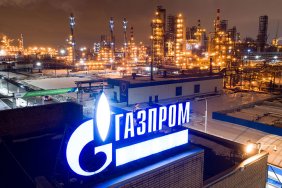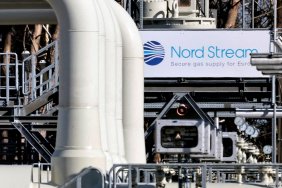The Russian "Gazprom" in 2021 pumped through Ukraine almost 30% less gas than in 2020 and 45% less than in 2019. This was written on his Facebook page by the general director of the Operator of the GTS of Ukraine Sergey Makogon.
"Gazprom is reporting on pumping 40 billion m3 through Ukraine in 2021. This is almost 30% less than in 2020 and 45% less than in 2019," Makogon wrote.
According to the head of UGTSU, in 2021 the volume of Gazprom's gas supplies to the EU will be about 145 billion m3, which "will be the minimum in the last 6 years and less than in 2020."
"Despite the Kremlin's statements about starting to deliver additional volumes of gas to the EU, transit through Ukraine does not exceed the booked 109 million cubic meters per day," he said.
Makogon also noted that the price of gas in the EU has already exceeded 1500 dollars, which, he said, "is the result of Russia's reluctance to increase supplies to the EU until Nord Stream 2 is certified."
"PS. The capacity of the Ukrainian GTS is 145 billion m3. This is just enough to supply all of Gazprom's exports to the EU even without other existing pipelines (PP1, Yamal and others). What is the need to build Nord Stream-2? Is there gas that needs to be pumped to the EU?", he added.
It should be noted that the day before, "Gazprom" said that it had fulfilled its obligations under the transit agreement with Ukraine until 2021.
The current transit agreement between Russia and Ukraine, signed for five years, provides for the transit in the years 2021-2024 - 40 billion cubic meters per year.
The cost of gas in Europe rose sharply in August and September. While in summer the estimated price of the nearest future according to the Dutch TTF index was about $515 per thousand cubic meters, by the end of September the index more than doubled. Experts attributed it to several factors: low levels of occupancy in European underground storage facilities, supply constraints by major suppliers and high demand for liquefied natural gas in Asia.
The cost of gas reached a historic high of $1,937 on Oct. 6, after which fuel prices began to fall.
On the first day of November, the futures price dipped below $750 per thousand cubic meters for the first time in a month and a half.
"Gazprom announced on Nov. 9 that it had approved and begun implementing a plan to pump gas into five European underground storage facilities (UGS) for November, following the completion of pumping into Russian facilities.






